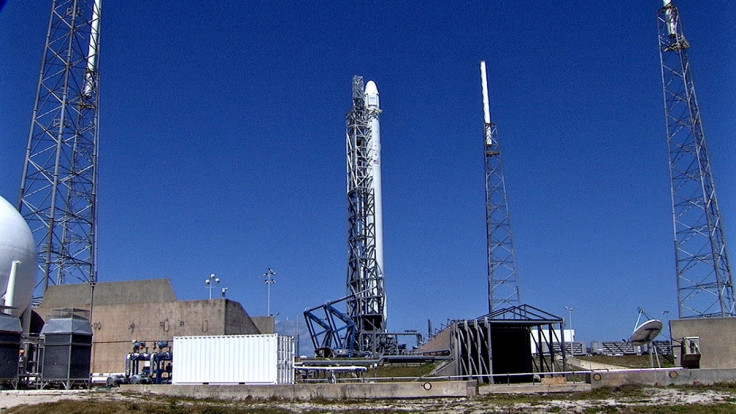Nasa Defies Theory: Showcases Prototype of 'Warp Drive' That Travels Faster Than Light

US space research agency Nasa which recently designed a 'flying saucer' like spacecraft in a bid to assist future human expeditions to Mars, has now showcased the 3D prototype of what could be its 'faster than light' spacecraft.
The 'faster than light' spaceship concept termed 'warp drive' was shown off by Nasa researcher Dr Harold White, the brain behind the space vehicle.
Nasa's Warp Drive spacecraft is based on the 1944 Alcubierre drive which gives a speculative idea derived from a solution of Albert Einstein's field equations in general relativity. The theory proposed by Miguel Alcubierre states that a spacecraft could attain speeds faster than light if a configurable energy-density field lower than vacuum could be created.
Alcubierre's theory also states that a faster-than-light spacecraft would travel by contracting space in front of it, and expanding space behind. This phenomenon is said to provide the faster-than-light thrust to the spaceship.
However, space scientists throughout the world haven't succeeded in building spacecraft with extraordinary speeds. This is in conjunction with the 'speed of light' theory.
The warp drive spacecraft can be seen in the hugely famous 'Star Trek' movie franchise, and the entire concept is only theoretical as of now.
But the 3D impression created by Nasa displays a spacecraft like vehicle stationed in the middle of two really huge rings that are assumed to serve as the 'warp bubble' to the spacecraft, according to Mark Rademaker, the artist behind the Nasa's 3D Warp Drive model.
According to Dr Harold White, space vehicles equipped with warp drives can attain speeds faster than that of light. The warp drive needs a robust design mechanism that allows the spacecraft to traverse by deforming the space surrounding space.
Nasa's faster-than-light interstellar vehicle has been tentatively code named the IXS Enterprise. Check out the 2013 video below to know more about the technology behind the IXS enterprise.
© Copyright IBTimes 2024. All rights reserved.





